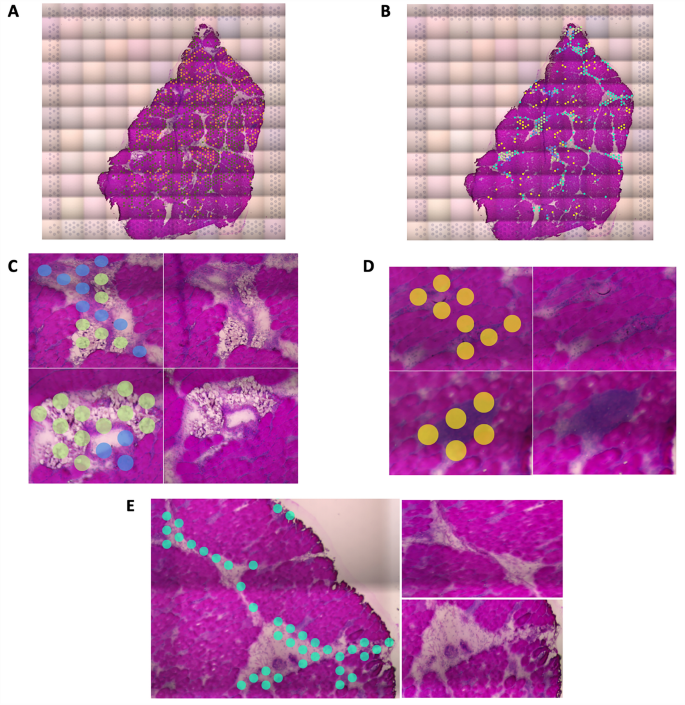2024-05-06 オークリッジ国立研究所(ORNL)
<関連情報>
- https://www.ornl.gov/news/study-reveals-flaw-long-accepted-approximation-used-water-simulations
- https://pubs.acs.org/doi/10.1021/acs.jctc.3c01153?ref=pdf
剛体記述による水のMDシミュレーションでは、等分割を確実にするために小さな時間ステップが必要 MD Simulation of Water Using a Rigid Body Description Requires a Small Time Step to Ensure Equipartition
Dilipkumar N. Asthagiri, and Thomas L. Beck
Journal of Chemical Theory and Computation Published:December 29, 2023
DOI:https://doi.org/10.1021/acs.jctc.3c01153
Abstract

In simulations of aqueous systems, it is common to freeze the bond vibration and angle bending modes in water to allow for a longer time step δt for integrating the equations of motion. Thus, δt = 2 fs is often used in simulating rigid models of water. We simulate the SPC/E model of water using δt from 0.5 to 3.0 fs and up to 4 fs using hydrogen mass repartitioning. In these simulations, we find that for all but δt = 0.5 fs, equipartition is not obtained between translational and rotational modes, with the rotational modes exhibiting a lower temperature than the translation modes. To probe the reasons for the lack of equipartition, we study the autocorrelation of the translational velocity of the center of mass and the angular velocity of the rigid water molecule, respectively. We find that the rotational relaxation occurs on a timescale comparable to vibrational periods, calling into question the original motivations for freezing the vibrations. Furthermore, a time step with δt ≥ 1 fs is not able to capture accurately the fast rotational relaxation, which reveals its impact as an effective slowing-down of rotational relaxation. The fluctuation–dissipation relation then leads to the conclusion that the rotational temperature should be cooler for δt greater than the reference value of 0.5 fs. Consideration of fluctuation–dissipation in equilibrium molecular dynamics simulations also emphasizes the need to capture the temporal evolution of fluctuations with fidelity and the role of δt in this regard. The time step also influences the solution thermodynamic properties: both the mean system potential energies and the excess entropy of hydration of a soft repulsive cavity are sensitive to δt.



